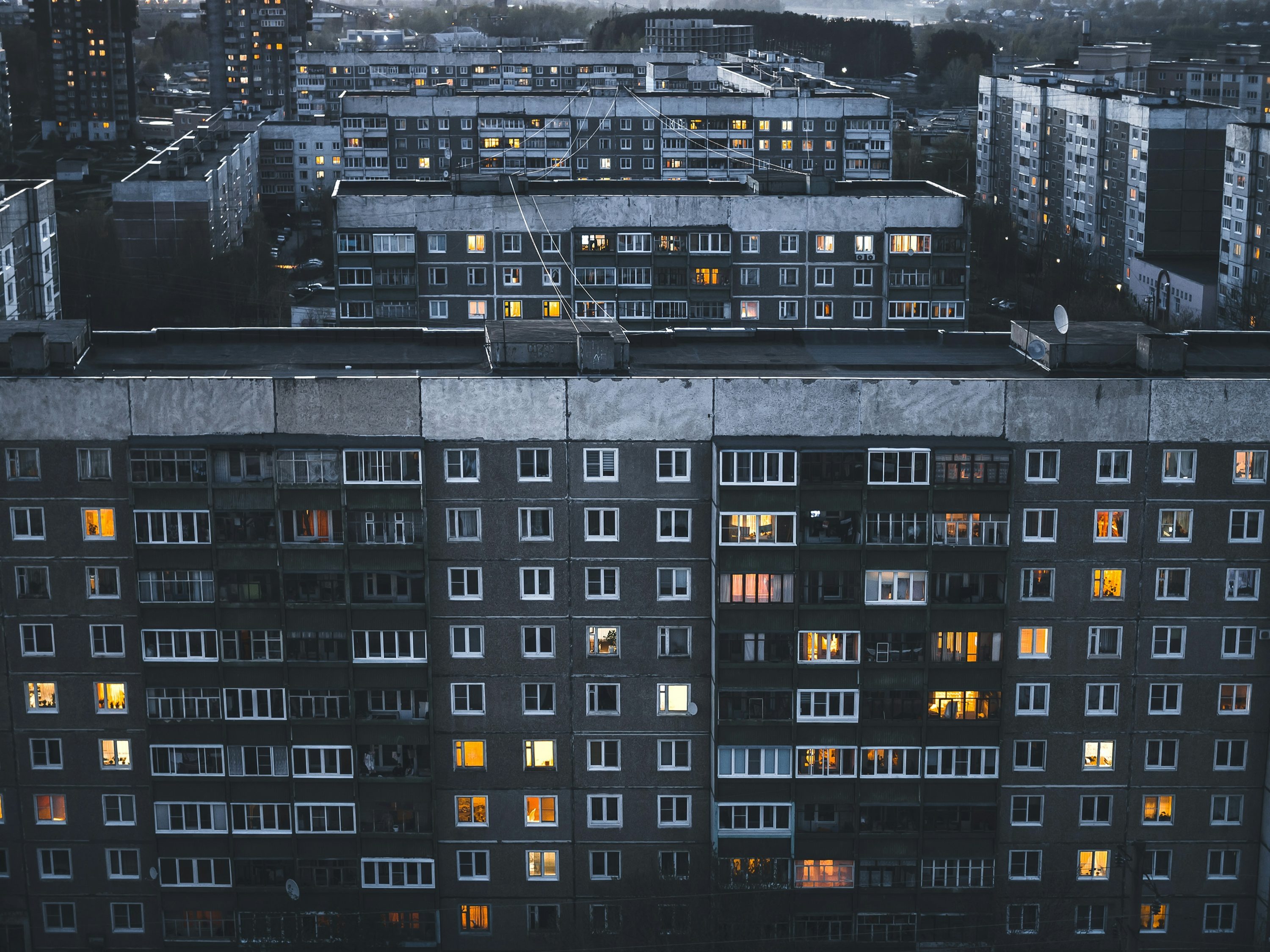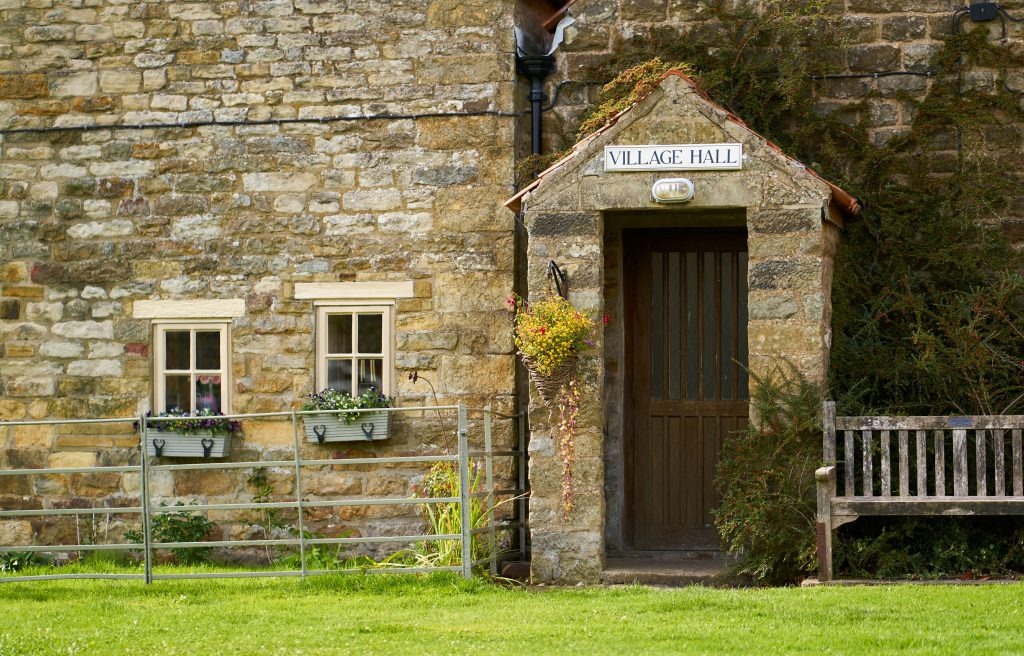Research from Social Investment Business found that improvements in community buildings’ energy efficiency have been much slower than other non-domestic buildings, such as offices.

This results in higher energy bills, emissions, and regulatory risk for community buildings, many of which are vital to the organisations who use them.
Previous research from Social Investment Business highlighted that 7,375 of 13,171 community buildings across the country do have a basic energy performance certificate (EPC) rating of C, which is commonly suggested as the minimum standard required for sale or let by 2025.
Yet with these standards likely to rise, many buildings still risk becoming non-compliant, rendering them impossible to sell or let to local communities who need them.
Room for improvement
However, the report also highlighted that many community buildings can easily make simple, low-cost improvements to improve their energy efficiency.
These changes include measures such as draughtproofing, installing efficient lighting, or adding heating controls.
Nevertheless, to make any larger changes, the report also emphasised that “community buildings need investment and support to be able to make these improvements. Without this support, we will not be able to future-proof our community buildings to meet the challenge of net zero."
‘Huge challenges faced by community organisations’
Tony Armstrong, chief executive of membership network Locality, said: “Community ownership of buildings is the foundation of community power.
“As well as providing spaces for people to come together, they enable community organisations to earn income and generate wealth for their neighbourhoods.
“But SIB’s research highlights the huge challenges community organisations face in continuing to do this.
“We need a clear strategy of community ownership support to ensure community organisations can keep driving their neighbourhoods forward and tackling our big national challenges, whether that’s driving local economic growth, building community-led homes or reaching net zero."
‘Many community centres are old, damp and energy inefficient’

Antonia Swinson, chief executive of the property advice charity the Ethical Property Foundation, said: “This research is timely but unsurprising".
“We deliver webinars across the UK on running green sustainable premises, and often meet complex sets of issues.
“Many community centres are old, damp and energy inefficient; trustees, staff and volunteers are still recovering from the pandemic – from burnout and lost income – plus there is a lack of clarity about what tenants can do, and what landlords, usually the council, should be doing.
“It’s hard to beat a full-on energy-saving culture followed by everyone in the building, but achieving energy efficiency does need strategic planning and budgeting long term in the context of payback times.
“LED lights pay back in three to six months – fine, but thermostatic radiator valves take five years; destratification fans – a must for many old energy inefficient buildings – take up to seven years.
“These are quick wins compared to air source heat pumps – nine years; solar water heating – 20 years and solar photovoltaic panels and double glazing which on commercial buildings can be 40 years.”
